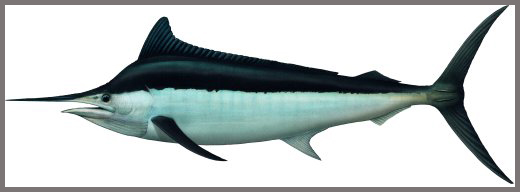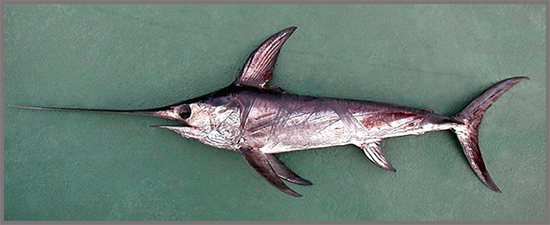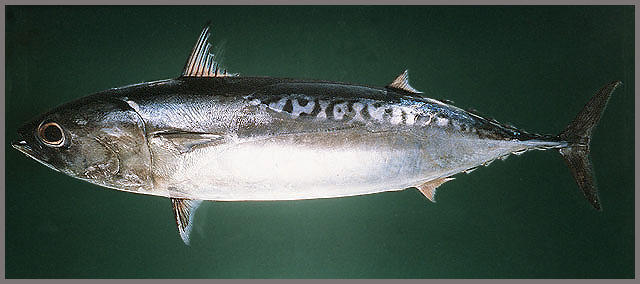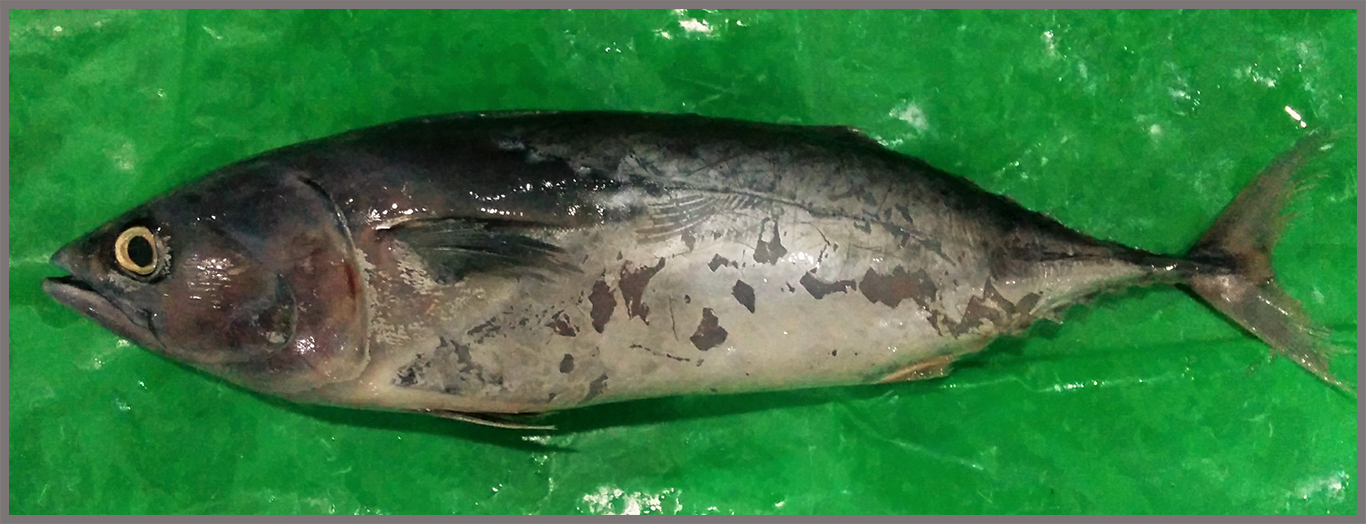- Indo-Pacific sailfish
- Thalapath
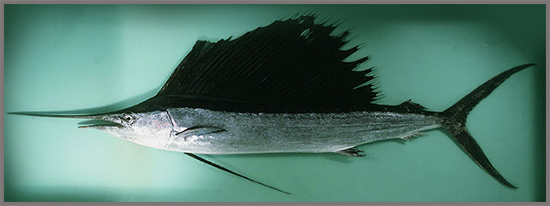
The fish production plays an important role in nutrition as well as economic point of view. Fish is one of the most important sources of animal protein available all over the world for human consumption. There are two main categories of fish production under capture fishery (fresh water and marine water fish production). Among them, coastal fish production is prominent in the marine fish production category. Fisheries statistics of the last four years demonstrated that the contribution of coastal fisheries is always exceeding the deep sea/offshore production.
Fisheries sector in Sri Lanka account for 1.8% of GDP at the current market prices and 1.3% at constant prices in 2014 (MFARD, 2009). This high demand for marine fish production leads to overexploitation of valuable food fish resources in the Sri Lankan oceans. Marine fisheries production reached about 422600 tonnes in 2017, exceeding the catch levels prior to the destructive tsunami of December 2004.
Many fish stocks are in a stage of serious decline with overfishing. It will be a threat to marine wildlife and habitats. Hence, the future of fish stock cannot be guaranteed by any authority. It should be done by reducing the demand for those unsustainable fish stocks. For that, there is an urgent requirement for a sustainable fish guide which shows the level of sustainability in the particular fish stock. It will help to reduce the consumption of fish which were susceptible for overfishing via attitudinal changes of the consumers. As a pre-requirement of the sustainable fish guide, there is a need to identify major commercial food fish species in Sri Lanka. There is no chance to reduce consumption until the consumers knew what to reduce. For that, knowing the sustainable level and identify the fish species in actual purchasing time is very important.

